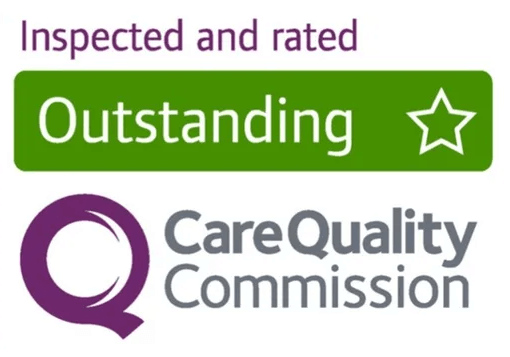While it’s important to acknowledge that a strong central recording and management system cannot replace the invaluable work of dedicated individuals providing innovative care, implementing such a system can greatly assist care providers in demonstrating their commitment to meeting both regulatory demands and the evolving complexities of performance monitoring.
An example of a CQC inspection illustrates how we provide our clients with the necessary tools to easily access all required information.
Our centralised system allows for reports to be generated with just a click. From care plans and reviews, risk assessments, and policies to visit reports, medications, incident and accident reports, assessments, observations and more.

The inspector can be given a temporary login to the system to access the information they need to do their job, without being able to see any data that is not directly relevant to the task in hand.
We go beyond a software system. We can arrange a mock CQC inspection, review your readiness for inspection, and guidance to help you achieve your goals whether you are a start-up or a large group.
Outstanding.
Good.
Requires improvement.
Inadequate.
At Carebeans, we of course aim for all users of our products to achieve an outstanding rating!
The CQC inspection team uses the key lines of enquiry (KLOEs) and information from the planning stage to structure their visit and focus on areas of concern or areas where the service is performing particularly well. This evidence is collected by gathering the views of people who use services.
During the inspection, inspectors will observe care, and talk to service users, their carers and staff. Everything is cross-checked with what is seen and heard against other evidence such as care records, care plans or other information.
During an inspection, the same five key questions are asked of all the services inspected in relation to services given.
These questions are to make sure that the focus is on things that matter to people:
1. Are they safe?
2. Are they effective?
3. Are they caring?
4. Are they responsive to people’s needs?
5. Are they well led?
Copyright © 2024 Carebeans All Rights Reserved Carebeans
The Innovation Centre, Sci-Tech Daresbury, Keckwick Lane, Daresbury, Cheshire WA4 4FS. Tel. 01925 386800